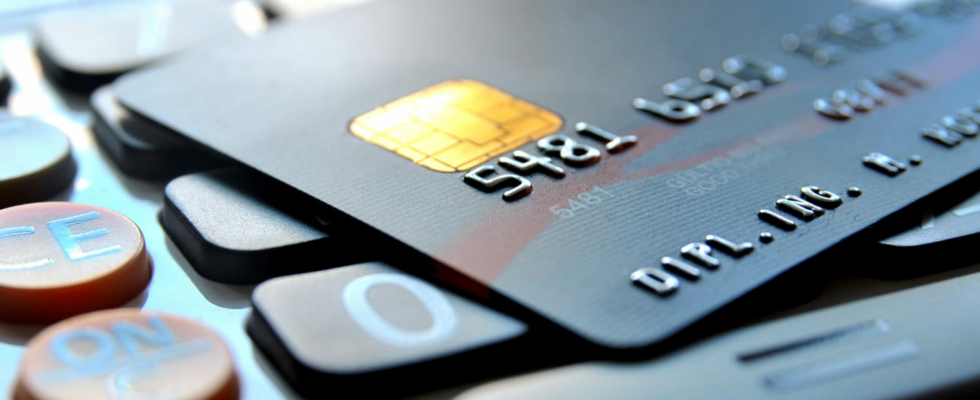If you recently received a new bank card, take a look at it: you may notice a detail that indicates a future price increase at many merchants.
The bank card is a banal everyday object, which we slip into our wallet as soon as we receive it from the bank and which we take out to pay for our various purchases without really paying attention to it. However, this small plastic card contains several interesting information through the logos affixed to it. And if you look at yours, you may notice that the famous CB acronym has disappeared. Far from being trivial, this discreet change which affects more and more bank cards could have concrete consequences on the economy, and in particular the price of your purchases.
The CB logo corresponds to the Groupement des Cartes Bancaires CB, a network aiming to enable “interbank payment cards”. It is this system that allows transactions to be carried out instantly between two bank accounts in different establishments, such as that of a customer and that of a merchant.
The CB network is by far the most used in France and all national banks are members, hence the presence of the eponymous logo on the majority of French bank cards. But at the global level, there are two other ultra-dominant players in this market: the Americans Visa and MasterCard. Most cards display the logos of different payment networks, and you often find those of MasterCard or Visa next to that of CB.
For each transaction made with a card, a fee is paid to the network operator used for the transaction by the person collecting the money, often a merchant. However, the amount of these fees varies greatly depending on the network, with those of Visa and MasterCard being up to ten times higher than those of CB. As long as the majority of payments were made via the cheaper CB network, this additional cost could be absorbed by the merchant without repercussions for its customers.
But it turns out that the two American giants are constantly eating into market share on the French network, and banks are distributing more and more cards displaying only the Visa or MasterCard logo, and no longer the CB logo. The share of transactions passing through the two American networks, whose fees are much higher, has therefore been increasing slowly but inexorably for years. And, ultimately, the cost of credit card payments increases.
For the moment, this additional cost is still absorbed by merchants who cannot vary their prices depending on the networks used by their customers’ bank cards. But this situation will not be forever. And, as large groups like Auchan, System U, SNCF and Cdiscount have already pointed out, merchants will be forced to pass on these additional costs so as not to cut into their margins. And this insidious progression of the Visa and MasterCard networks will end up driving up prices for consumers, discreetly adding to general inflation.
